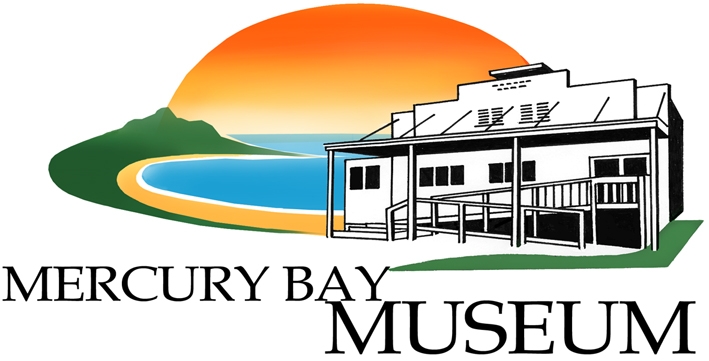Our Blog
Come Behind the Scenes – a weekly insight into the Museum world!HMS Buffalo’s cannon or carronade?
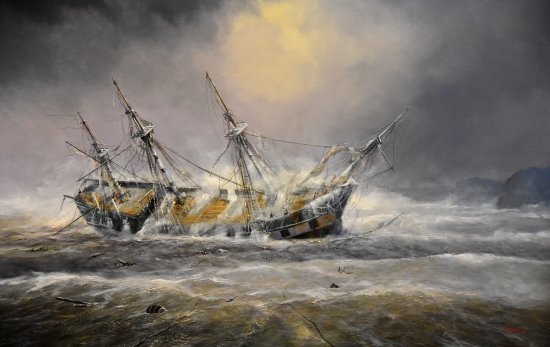
Located in the Soldiers Memorial Park, Whitianga, sits a cast-iron ordnance that is semi-encased in a contemporary concrete support. Two plaques on the front of the concrete base read that it is the cannon from HMS Buffalo, yet it almost looks too short and stumpy to be a cannon. This is because the relic, supposedly from the Buffalo shipwreck, is a carronade.
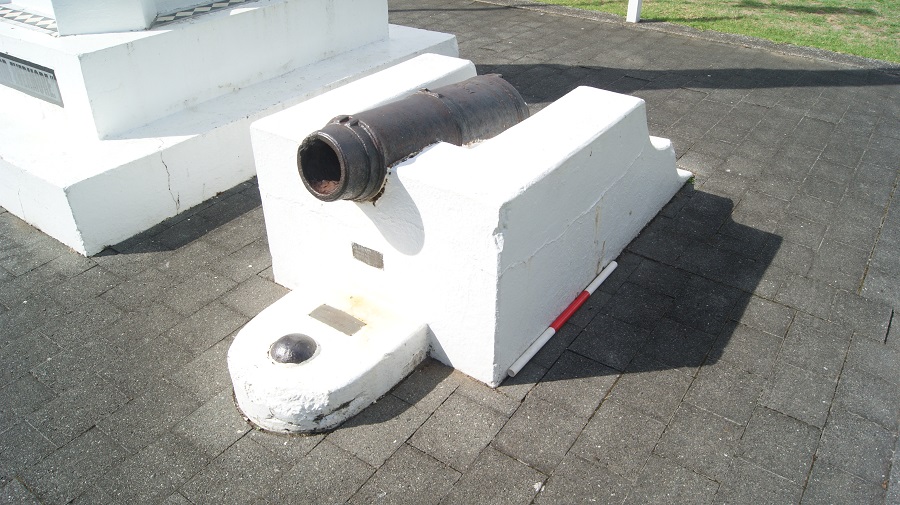
What is the difference between a cannon and carronade? While it can be classed as a type of cannon and without getting too technical, a carronade was used for short range engagements and although short and stumpy, it had a reputation for striking fear in close combat scenarios. The carronade was employed by the British Admiralty between the 1770s and 1850s. Cannon on the other hand, would resemble longer barrels and allow for longer range attacks during battle.
Like any weapon, they require structural elements to ensure they operate as intended and to withstand the energy needed to fire projectiles. Buffalo’s carronade has several distinct features that are still visible. These include the aft sight, vent hole, dispart sight, barrel, muzzle and first and second reinforcing rings.
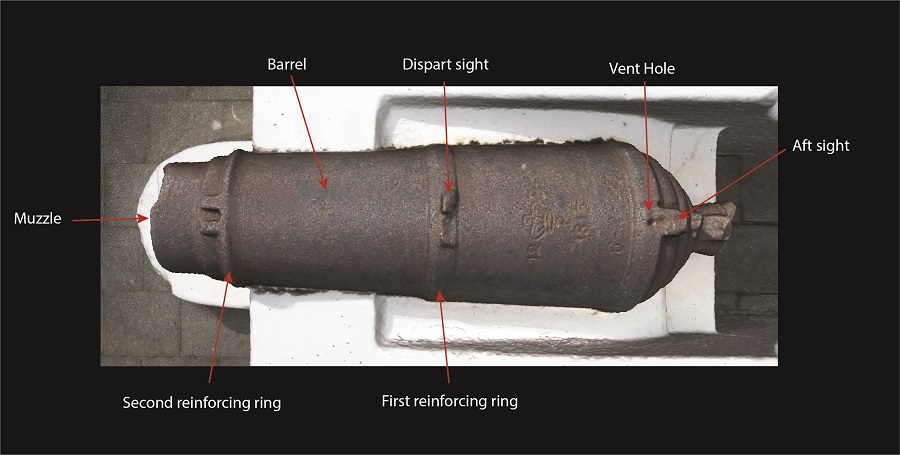
The carronade measures:
Length: 1085 mm
Internal barrel diameter measured at the muzzle: 150 mm
External barrel diameter measured at the muzzle: 192 mm
Length of barrel: 666 mm
The barrel also reveals markings near the vent hole. The markings are recorded as:
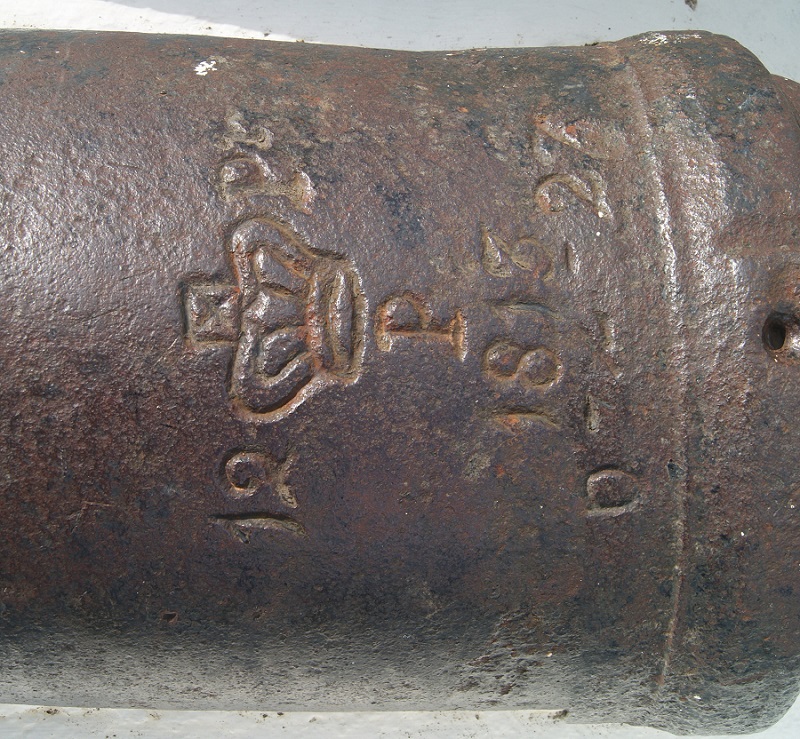
The top inscription likely reads a 12 pounder, referring to the weight of shot the cannon could fire. The ‘Crown’ and the ‘P’ directly below can be interpreted as the proof, reflecting it was proved and tested to a standard before seeing action. The numbers directly below that record the date of manufacture.
The numbers along the bottom are of interest because it reflects the weight of the gun barrel. The first number is in hundredweights (a hundredweight equals 112 lbs). The second number is quarter hundredweights and the last number is straight pounds. When calculated into pounds, it looks like this:
6 x 112 lbs = 672
2 x 28 lbs = 56
27 lbs
The total weight of the gun barrel is 755 lbs (342 kg).
Unfortunately, the context of the gun in which it was recovered from the wreck is unknown and therefore its function within the ship is not evident. While it could have been employed to defend the ship from enemy attack, it could equally have been used as ballast if the gun was decommissioned. Evidence of this cannon, however, presents future research avenues, such as understanding how and why early eighteenth century British ships were armed in the South Pacific and revealing its use onboard HMS Buffalo.
If you are not in Whitianga, a 3D Digital model of the carronade as recorded in the park can be viewed here https://skfb.ly/6ZtPS. Have a look for the markings found near the vent hole.
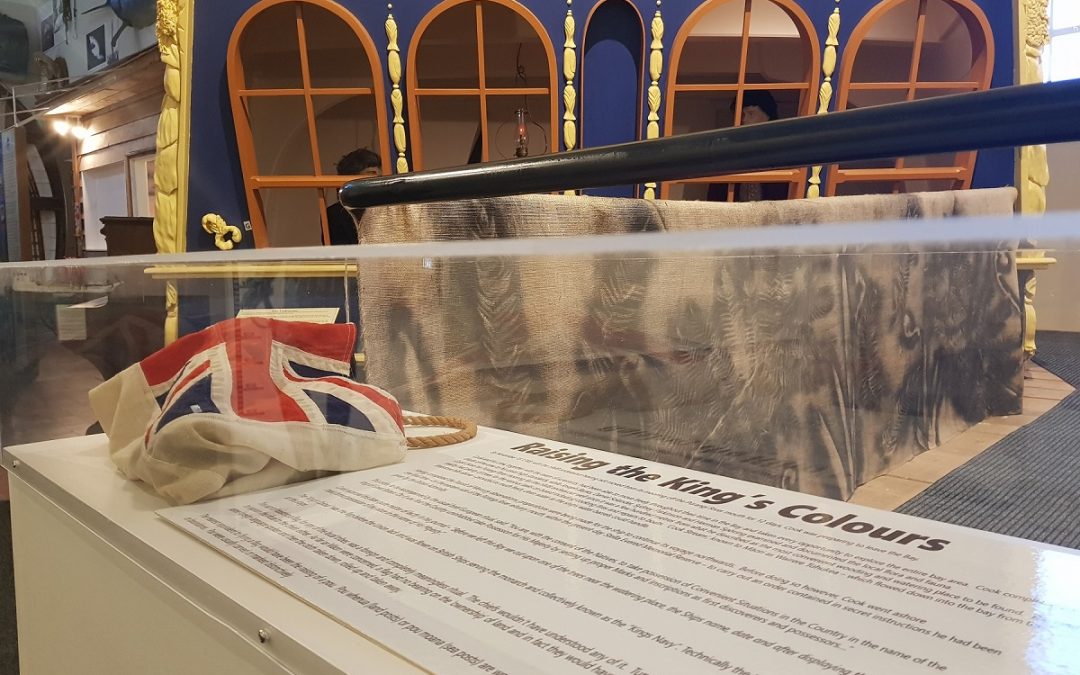
What’s the point of museums?
I recently read an article in the New Zealand Geographic titled, “What’s the Point of Museums?” Written by Mike Dickason article really gave me some perspective on my job as manager of a museum. We get lot of queries about why certain artifacts are not being displayed...
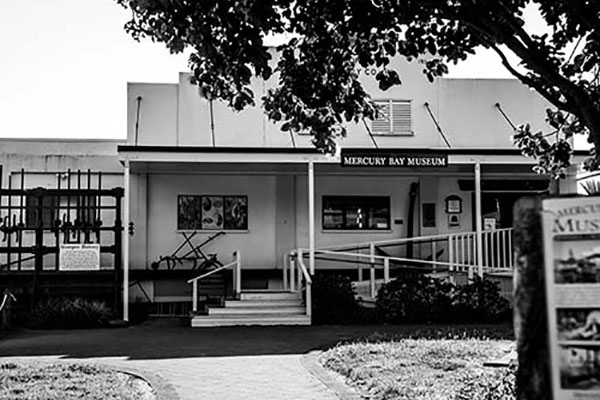
The Museum is Turning 40!
Article first published in The Informer With Christmas only a few weeks away, thoughts tend to turn towards the upcoming festivities and our social calendars move into higher gear. Here at the Mercury Bay Museum we are ready to celebrate as well as the Museum is...
Become a Volunteer
If you would like to volunteer to be part of our front-of-house team welcoming visitors to the museum, read our volunteer programme fact sheet and download our application form from the link below.
